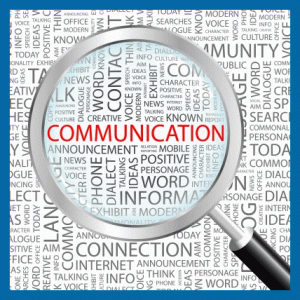What is Language?
Language is different from speech.
Language is made up of socially shared rules that include the following:
- What words mean (e.g., “star” can refer to a bright object in the night sky or a celebrity)
- How to make new words (e.g., friend, friendly, unfriendly)
- How to put words together (e.g., “Peg walked to the new store” rather than “Peg walk store new”)

- What word combinations are best in what situations (“Would you mind moving your foot?” could quickly change to “Get off my foot, please!” if the first request did not produce results)
Speech is the verbal means of communicating. Speech consists of the following:
- Articulation: How speech sounds are made (e.g., children must learn how to produce the “r” sound in order to say “rabbit” instead of “wabbit”).
- Voice: Use of the vocal folds and breathing to produce sound (e.g., the voice can be abused from overuse or misuse and can lead to hoarseness or loss of voice).
- Fluency: The rhythm of speech (e.g., hesitations or stuttering can affect fluency).
When a person has trouble understanding others (receptive language), or sharing thoughts, ideas, and feelings completely (expressive language), then he or she has a language disorder.
When a person is unable to produce speech sounds correctly or fluently, or has problems with his or her voice, then he or she has a speech disorder.